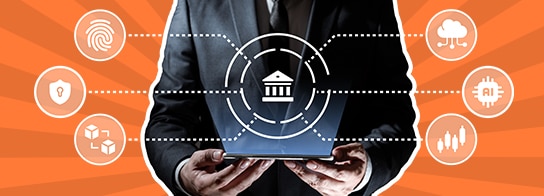Protecting your CVV is critical to prevent fraud. Here are some valuable ways you can safeguard your CVV:
Don’t Share CVV via Calls or Messages
Sharing your CVV through phone calls, emails, or text messages exposes you to significant security risks. Unlike online transactions, verbal or written communications are often unencrypted and can be intercepted or recorded without your knowledge. Scammers frequently use phishing tactics, pretending to be bank officials or trusted companies, to trick you into revealing your CVV. Once obtained, fraudsters can misuse this information to make unauthorised purchases. Even if you believe you are speaking to a legitimate representative, it is safer to hang up and contact your bank directly using official numbers. Avoid sending your CVV via email or text since these channels are vulnerable to hacking and data breaches. Such channels are where your sensitive data could be permanently stored or forwarded without your consent.
Avoid Saving Card Details Online
Many e-commerce platforms offer the convenience of saving your card information for future purchases. However, storing your card details, especially the CVV, on these sites increases your exposure to cyberattacks. If the merchant’s database is compromised, hackers can access your saved card information. Although most reputable merchants do not store CVVs due to security regulations, some websites may not be fully compliant or secure. It is safer to enter your CVV manually each time you make a purchase and avoid saving card details on unfamiliar or less secure websites. Using virtual or disposable cards for online shopping can further reduce risk by limiting the exposure of your actual card information
Use Only Secure Websites
Before entering your CVV on any website, ensure the site is secure. Indicators include the “https://” encryption at the start of the URL and a padlock icon in the address bar of the internet browser. Secure websites prevent hackers from intercepting your CVV and other payment details while you submit them. Avoid entering your CVV on sites with URLs starting with “http://” or those flagged as insecure by your browser. Additionally, be cautious of phishing sites that mimic legitimate websites but have subtle URL differences. Always double-check the website address to ensure authenticity before providing sensitive information.
Check Statements Regularly
Regularly reviewing your bank and credit card statements is essential to detect any unauthorised or suspicious transactions early. Prompt identification of fraudulent charges allows you to report them quickly to your bank, minimising potential losses. Many fraudsters make small test transactions before larger purchases; spotting these can alert you to compromised card details. Set a habit of checking your statements weekly or monthly, depending on your transaction frequency. If you notice unfamiliar transactions, contact your bank immediately to block the card and initiate an investigation. Early detection is a critical step in preventing further misuse of your card and CVV.
Enable Transaction Alerts
Most banks offer free transaction alert services via SMS or email. Enabling these alerts provides real-time notifications whenever your card is used for a payment or withdrawal. This instant awareness helps you quickly identify unauthorised activity and take immediate action. Alerts typically include details such as transaction amount, merchant name, and location, making it easier to spot suspicious behaviour. Setting up these notifications is a simple yet powerful tool to protect your card and CVV from fraud. It also helps you maintain control over your finances and respond swiftly if your card information is compromised.
Fraudsters may attempt phishing scams or data breaches to steal CVV numbers. Being cautious about where and how you share your card details can significantly reduce the risk of theft.






































